
Netball-related foot & lower leg injuries—and how to avoid them
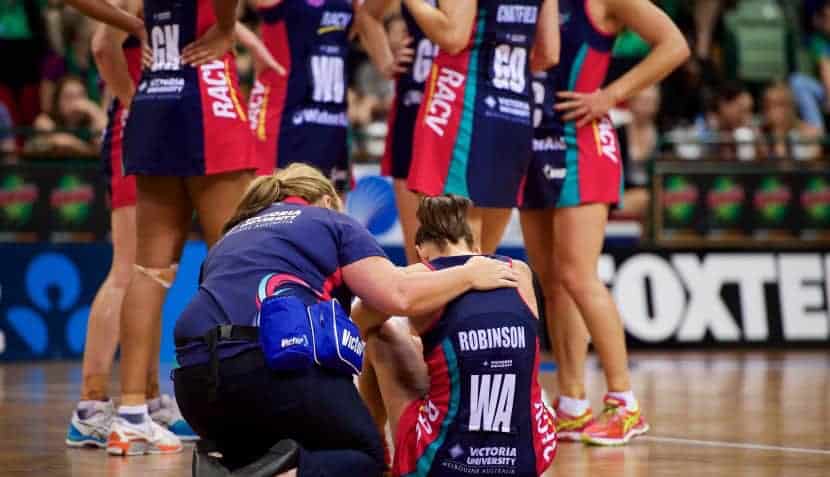
Netball-related foot & lower leg injuries—and how to avoid them
Guess what? Netballers are three times more likely to sustain lower leg or knee injuries than people playing AFL, soccer or both codes of rugby.*
In addition, Sports Medicine Australia reveals that the rate of injury for netballers is 14 injuries per 1,000 hours played.
Common netball-related foot injuries include:
• Ankle sprains & strains
• Achilles tendinopathy
• Sever’s disease in kids
• Osgood-Schlatter disease (Knee pain) in kids
• Patellar tendinopathy (aka “Jumper’s Knee”)
• Plantar heel pain – incorporating plantar fasciitis, tibialis posterior tendonopathy or abductor hallucis pain
Preventing netball-related injuries
“Awareness of widespread netball-related injuries and knowing how to avoid them can go a long way to ensuring you see out the entire season,” says sports podiatrist and founder of A Step Ahead Foot + Ankle Care, Dr Brenden Brown.

Ankle sprains & strains
“Ankle sprains typically occur as a result of involuntary sliding or twisting of the feet when you step on slippery or unstable ground. The sprain happens when the foot is forced into an unnatural position.
“The intensity at which the ligaments stretch can sometimes be so severe that it causes fracture or serious inflammation and pain.
“An ankle strain is an injury to the muscle or tendon. For example, overstretching the muscle or tendon can result in a complete or partial tear, with symptoms ranging from moderately painful to disabling.
“To reduce the risk of injury netball players need to perform strengthening movements. This refers to strength exercises that focus on the glutes along with balance and co-ordination of the lower limbs, as well as sports-specific exercises,” says Dr Brenden.
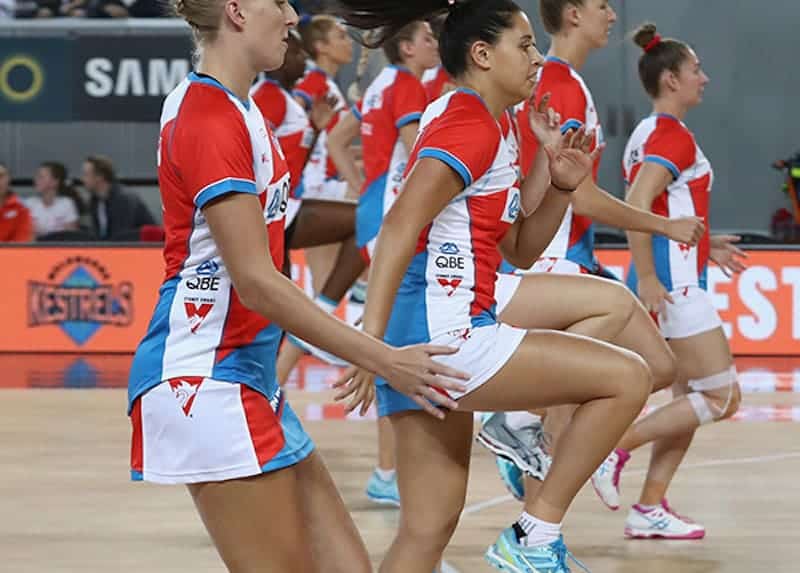
Achilles tendinopathy
“We know that the most common cause of achilles tendinopathy is change in load; this refers to sudden alterations in the intensity or frequency of the sport. (It has nothing to do with weight!) Dramatic changes place abrupt pressure on the tendon to over work and this gives rise to achilles-related problems,” explains Dr Brenden.
“Prevention is about increasing the load gradually, over a period of time. Make sure you have a long lead into sports season and ensure you adequately warm up the achilles.”
He adds, “People often don’t recognise that going from wearing high heels to a flat or low heel radically changes the load on the tendon. If you’ve spent most of the year in a corporate environment, walking around in heels then you suddenly change to wearing trainers it’s not uncommon for achilles problems to arise.
“To overcome this, practice wearing flat shoes at home several afternoons a week. Start doing this well before the season begins so that you’re changing the load gradually.”
Patellar tendinopathy
It’s common for patella-related injuries and the associated symptoms to be caused by musclular imbalance. Practicing lower limb stability and strength exercises can be useful.
“It’s important to warm up appropriately and wear the correct footwear for the sport you’re playing,” adds Dr Brenden.
Sever’s disease
Sever’s disease is more of a repetitive strain injury than an actual disease—resulting in inflammation and irritation of the growth plate. There are several causes, including rapidly increasing physical activity in volume, intensity or frequency; doing activity in bare feet, poor foot posture (flat feet) and weak foot muscles.
Sever’s disease should be addressed by ensuring you warm up adequately before playing sport. “Warming up prepares the body for sport by improving blood flow to the area, increasing the muscle temperature and making muscles more pliable,” says Dr Brenden.
“And don’t forget to wear the right shoes for the sport you’re playing!”
Plantar heel pain
Plantar heel pain is often referred to as plantar fasciitis, tibialis posterior tendonopathy, abductor hallucis pain—amongst a number of other conditions that can cause plantar heel pain.
To help ward off plantar heel pain Dr Brenden advises not to change from wearing high heels to low (or flat) heels too quickly.
“Again, rapid changes in frequency, intensity or volume place significant pressure on the tendons, which can cause excessive strain and lead to injury.”
Tips to prevent netball-related lower limb injuries
- Don’t rely on ankle braces! Strong muscles protect you from sprains far more than braces do! Your gluteal muscles – yes your butt — has a major role to play here!
- Make sure you warm up. Cold muscles are less flexible and more prone to injury. Check our Dr Brenden’s ‘warm up to success tips’.
- Don’t rapidly increase physical activity in volume, intensity or frequency. If you’re not all that active outside of netball season you need to allow a longer lead time.
- Always wear the appropriate footwear for your sport. Choose Netball shoes – its hard to go past the Asics Netburner range (See Dr Brenden’s article ‘Your guide to choosing the best netball shoe’ or head over to our YouTube channel for his Netburner reviews).
- If your pain or problems continue, visit a sports podiatrist to check your foot posture. Addressing foot posture prevents muscles from over compensating, leading to less ongoing problems.
- Ensure your footwear fits you properly (loose netball shoes can cause falls, increasing risk of ankle injury).
- Take the time to cool down. Slow stretching can reduce post-sports muscle tightness and soreness and may help reduce future risk of injury. An easy method is “Walk it out”. Don’t jump straight in the car and head home; allow yourself 10 minutes of moderate walking to cool your muscles down.
- If you know you have weak foot or ankle muscles, or you have poor foot posture, seek professional advice – All the stretching in the world wont get you better if your foot posture is continually meaning your muscles are over compensating. A trip to a podiatrist can help address the underlying foot posture issue.
- Ensure rehab is tailored to your needs. Netballers have specific groups of muscles they use – make sure your rehab is based around these muscles and your individual activity – Netball!
Next steps…
If this sounds all too familiar, we’d like to help. Perhaps this is something that a friend or relative may benefit from. If that is the case, we’d love you to share this article with them so they can find relief!
A Step Ahead Foot + Ankle Care is based in Western Sydney. We have multiple practitioners with loads of experience in this area. It’s our passion!
If you’d like more information, please contact our helpful front desk team. They are brilliant at working through what help you need, guiding you to the appointment that is right for your family, running through costings and then reserving your appointment time. Call us today on +61 2 9673 2987. We look forward to helping you.
Related articles:
- 4 hacks for staying injury free this sports season
- Warm ups—why bother?
- Choosing a netball shoe
- Winter sports’ greatest enemy…ankle sprain
About us
A Step Ahead Foot + Ankle Care is one of Sydney’s leading foot and ankle clinics. Principal podiatrist and founder of A Step Ahead Dr Brenden Brown (AKA Dr Foot) has been taking care of people’s feet for more than 20 years.
With a background in sports medicine and having served as a former president of the Australasian Podiatry Council, Brenden is a wealth of information when it comes to foot and ankle care.
Sources: * Australian Institute of Health and Welfare (December 2014)

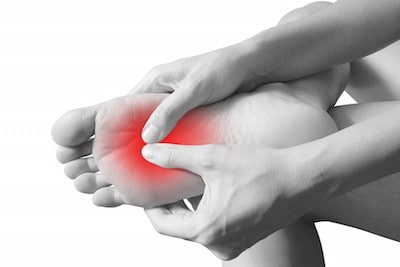
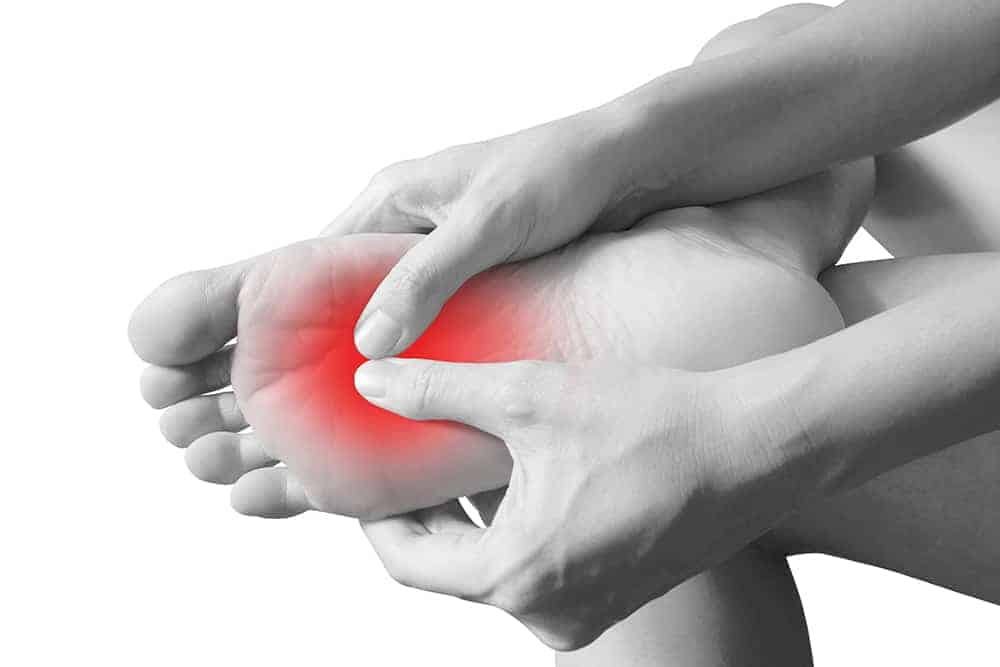
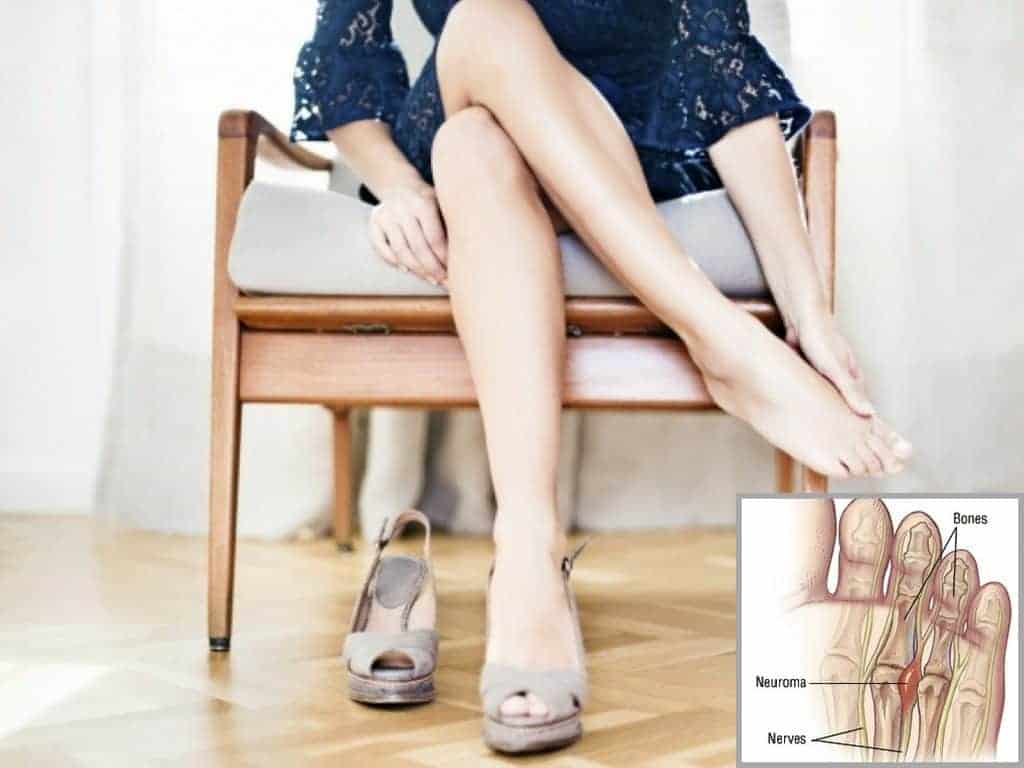




 Dr Brenden’s White paper report on the “6 Reasons You Won’t Beat Heal Pain” outlines what’s stopping you from beating this and tips on how to stop it in its tracks!
Dr Brenden’s White paper report on the “6 Reasons You Won’t Beat Heal Pain” outlines what’s stopping you from beating this and tips on how to stop it in its tracks!